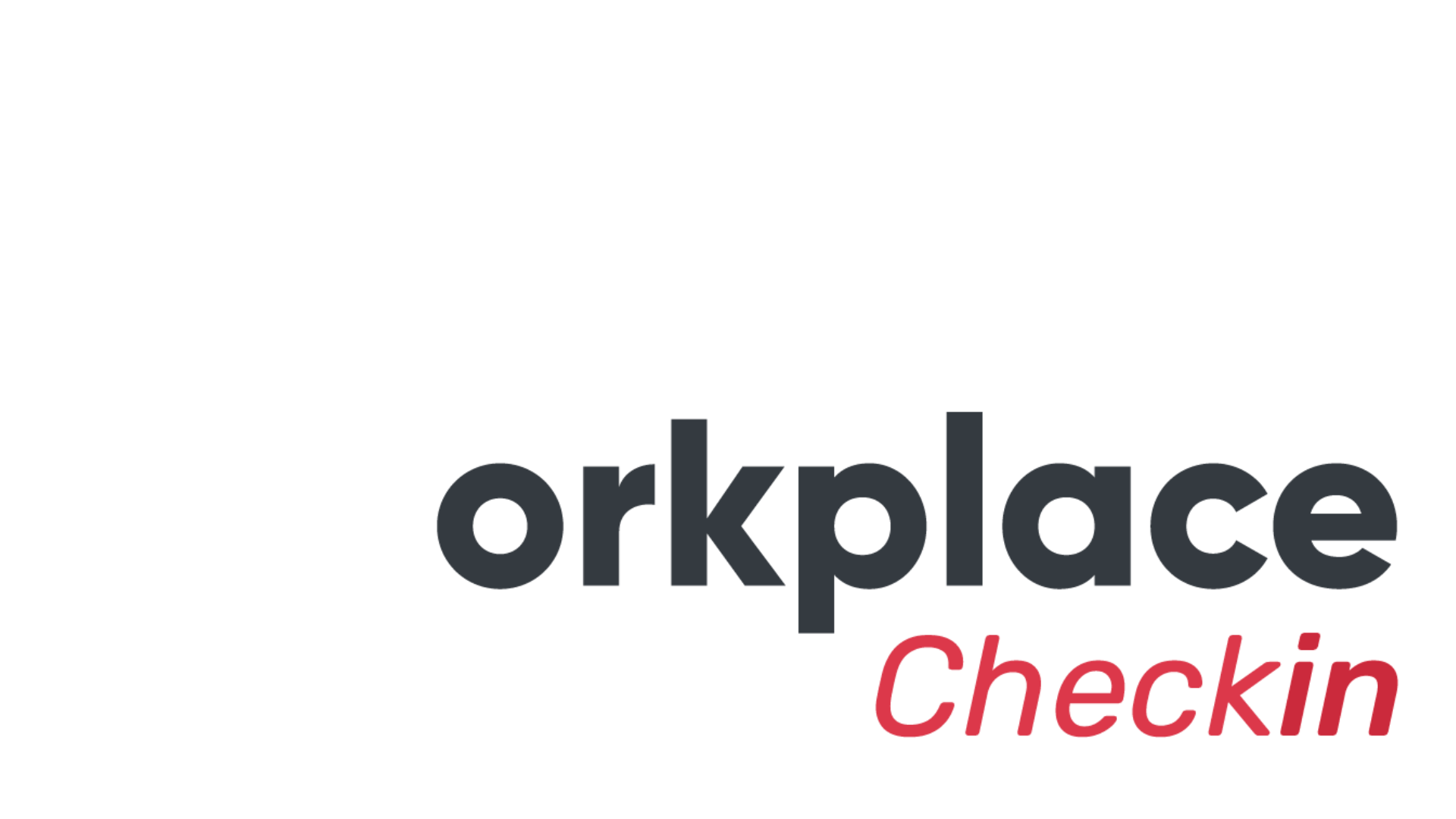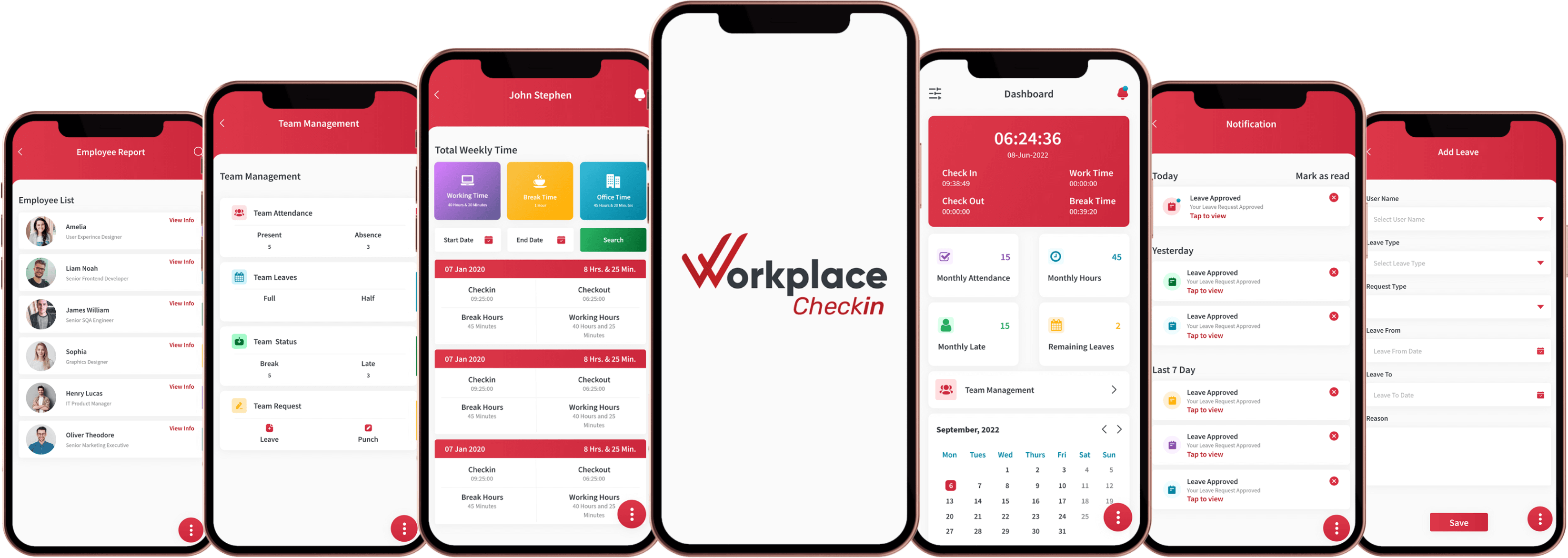

Flexible Work Schedules: The Key to Work-Life Balance
Have you ever dreamed of a work schedule that adapts to your life rather than the other way around?
Well, the good news is that flexible work schedules are the game-changer you've been looking for! In this blog, we will dive deep into the world of flexible work schedules, exploring their benefits, various types, and challenges. So, let's get started on this journey to achieving that elusive work-life balance we all crave!

Benefits of Flexible Work Schedules
Picture this: You wake up in the morning without the blaring sound of an alarm clock. You sip your coffee leisurely, knowing you won't be stuck in traffic. This is the magic of flexible work schedules. They bring you:
Reduced stress and burnout
When you have control over your work hours, you can manage your workload more effectively, reducing stress and a lower risk of burnout.
Increased job satisfaction
A happy employee is a productive employee. With the flexibility to balance work and personal life, job satisfaction soars.
Enhanced productivity
Flexibility isn't just about lounging in your pajamas; it's also about working when you're most productive. Flex schedules allow for peak performance.
Types of Flexible Work Schedules
Now that you're excited about the benefits let's explore the different types of flexible work schedules:
Remote work
Say goodbye to the traditional office! Remote work lets you work from anywhere, allowing you to escape the daily commute.
Flextime
This means you choose your work hours. Whether you're an early bird or a night owl, flextime accommodates your preferences.
Compressed workweeks
Imagine having a three-day weekend every week. Compressed workweeks, like the four-day workweek, can give you just that.
Challenges of Flexible Work Schedules
Of course, no magic solution comes without its challenges. Flexibility presents some hurdles, too. So, ensuring everything is streamlined in flexible work schedules is essential. Following are some challenges that often arise in flexible work environments:
Communication and Collaboration
Maintaining effective communication and collaboration can be challenging with remote work on the rise. People working in different time zones, according to their schedules, can often produce a lag in timely communication.
Monitoring and accountability
How do employers ensure that remote workers are staying on track? It's a question many organizations grapple with.
Employee well-being
Paradoxically, the freedom of flexible schedules can sometimes lead to overworking. Employees can end up working longer hours, leading to early burnout. So, striking a balance is crucial.
Tips for Implementing Flexible Work Schedules
If you're considering implementing flexible work options, here are some steps to follow:
Assess feasibility and readiness
Start by evaluating whether your organization is ready for flexibility. It's essential to understand the logistics and potential challenges.
Develop clear policies and guidelines
Clarity is key. Establish well-defined policies to guide employees on how to make the most of flexible work schedules.
And for employees:
Time management and self-discipline
The freedom of flexible hours comes with the responsibility of managing your time effectively. Stay organized and focused.
Setting boundaries
Create a clear separation between work and personal life. Don't let work encroach on your well-deserved downtime.
Future of Work: The Role of Flexibility
The workplace is evolving, and flexibility is at the forefront of this transformation. With technological advancements and changing attitudes toward work, the future promises even more flexible options. Are you ready for what's to come?
Real Life Case Studies
Let's look at some real-world examples.
Companies like Buffer and Zapier have embraced remote work with open arms, showing how flexibility can benefit both employers and employees. Their success stories serve as inspirations for others.
Zapier and Buffer have embraced remote work as a core component of their flexible schedule model. Employees can work from the comfort of their homes, co-working spaces, or any location they choose. This approach has broadened the talent pool and enhanced job satisfaction as employees can choose a work environment that suits them best.
Conclusion
Flexible work schedules are not just a trend but a gateway to a healthier work-life balance. The benefits are undeniable, but so are the challenges. It's up to organizations and individuals to embrace this shift in how we work. So, are you ready to plunge into the world of flexibility and unlock the secrets of true work-life harmony?






